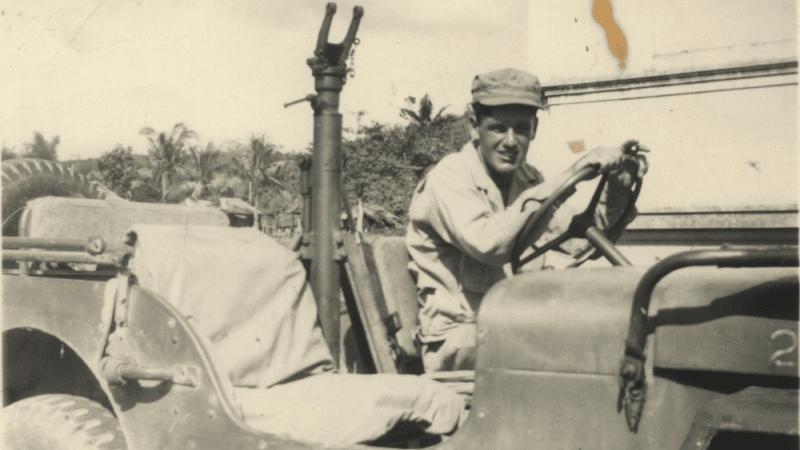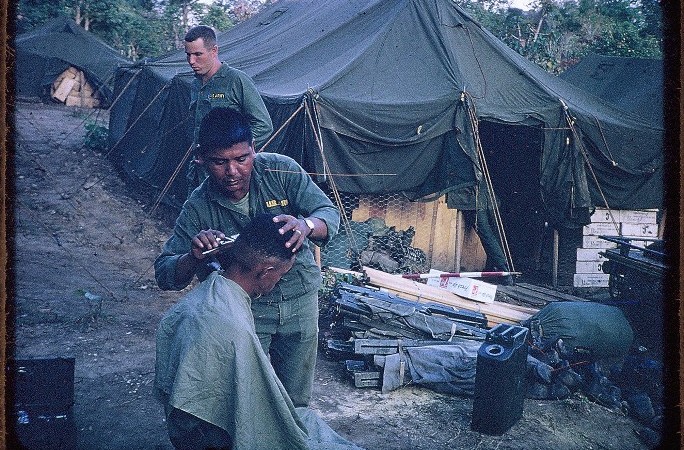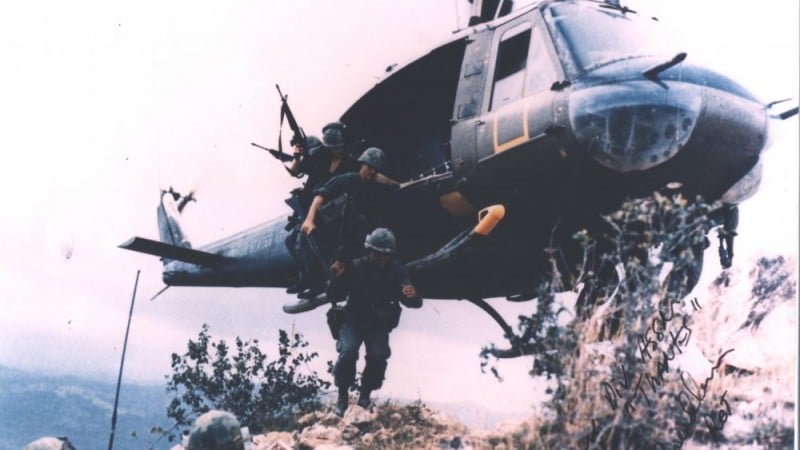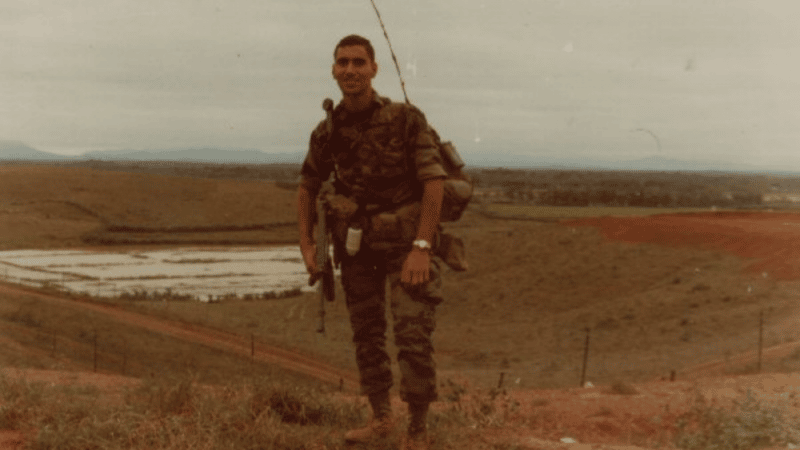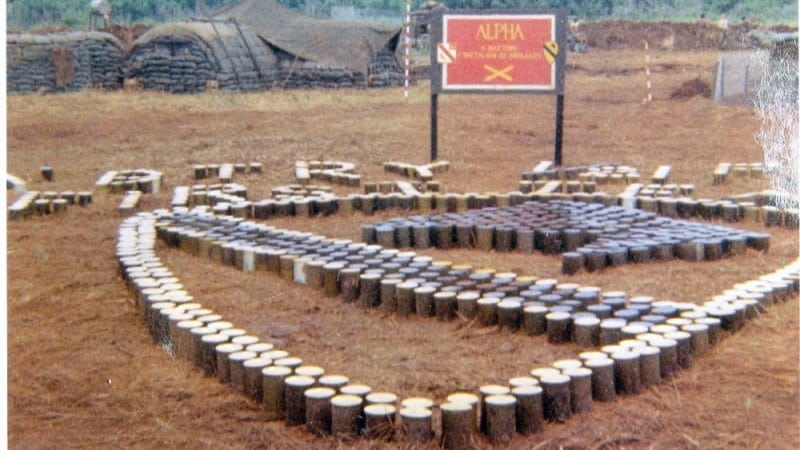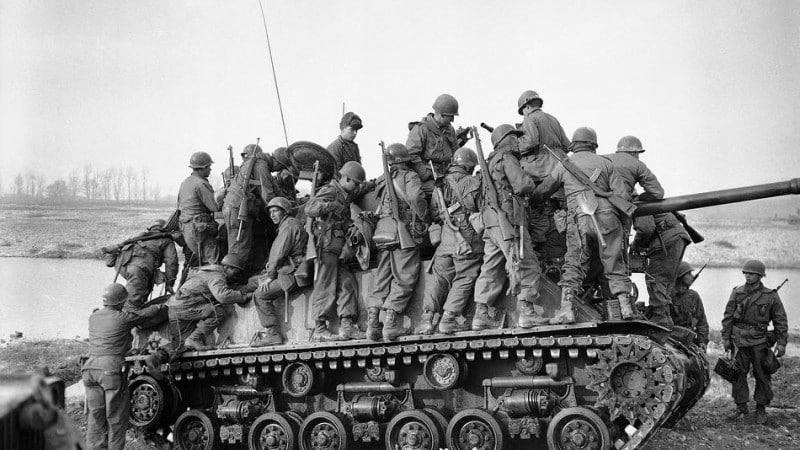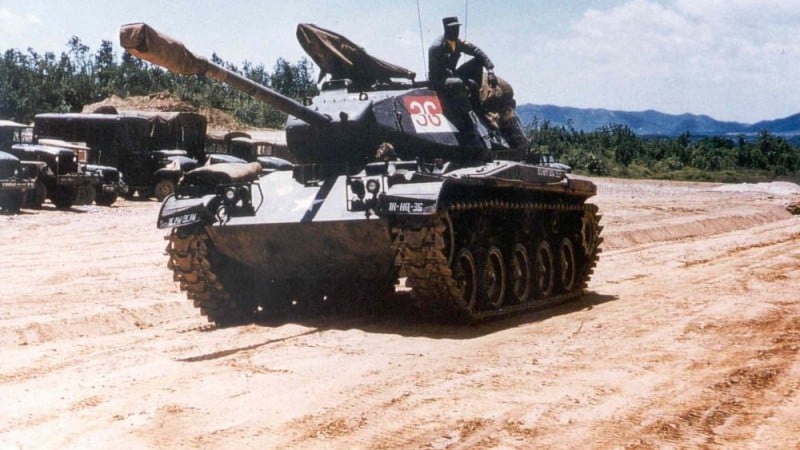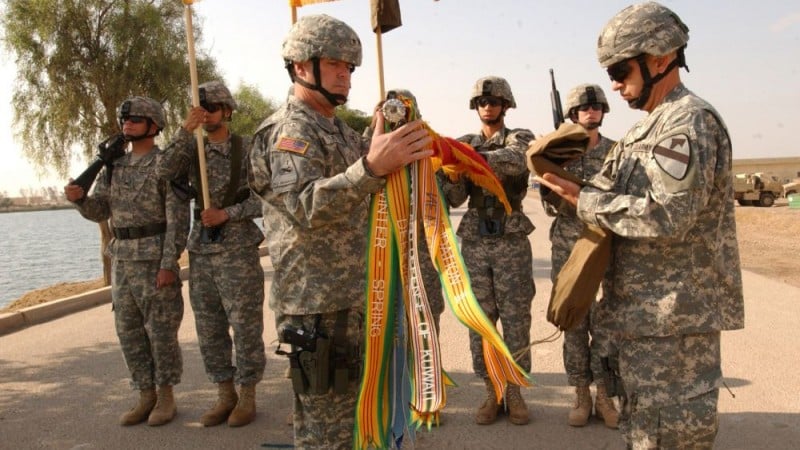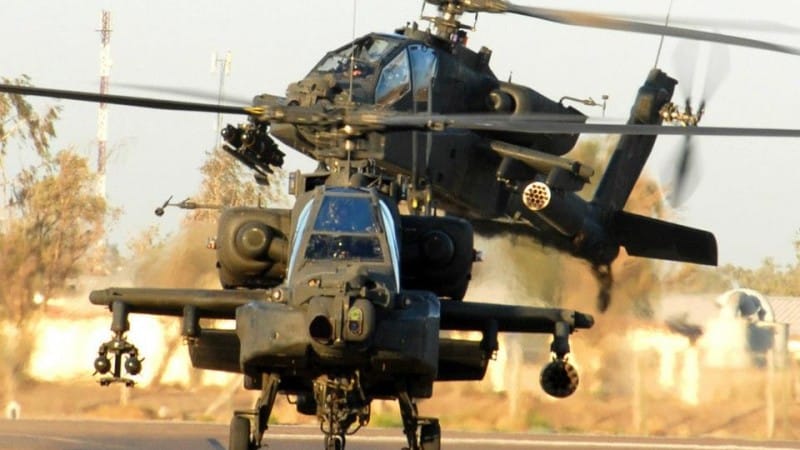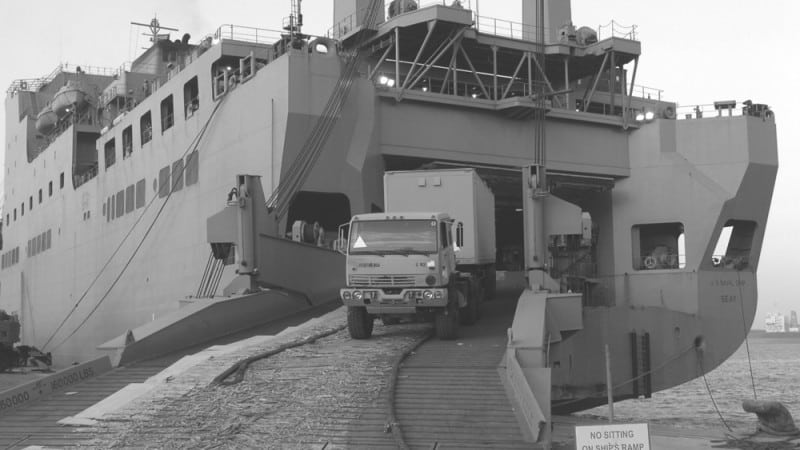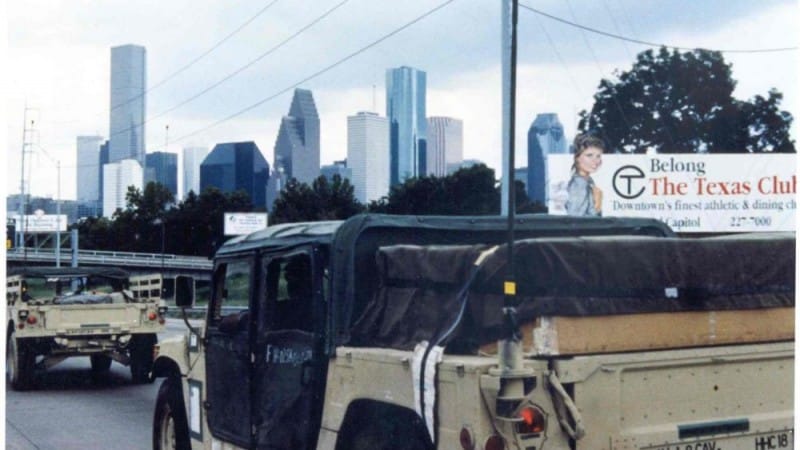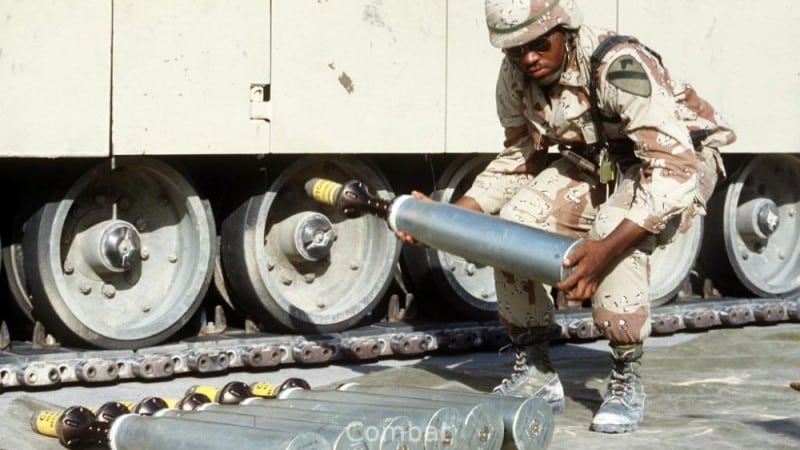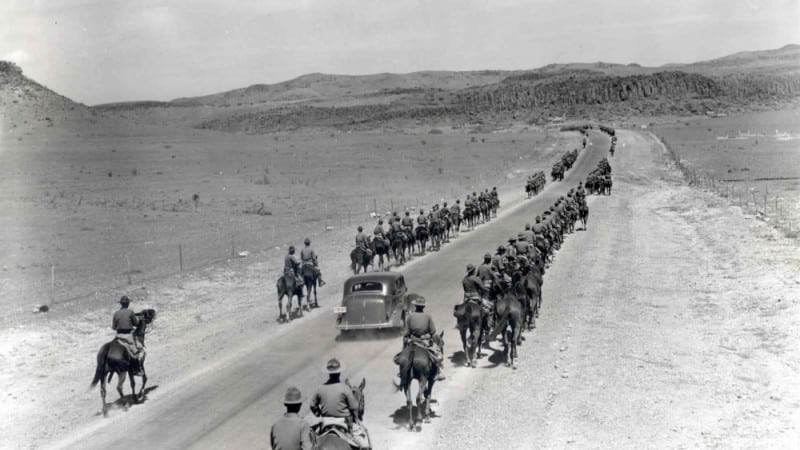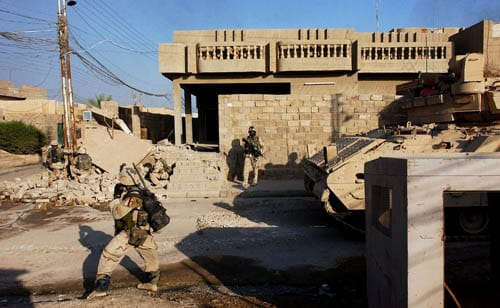312th Military Intelligence Battalion
“Silent Warriors”
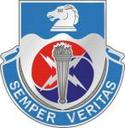
Constitution and Assignment
The roots of the 312th Military Intelligence Battalion can be traced back to 31 December 1943, when its predecessor, the 23rd Signal Construction Battalion was constituted in the Army of the United States. In a little more than a month later, on 10 February 1944, the unit was activated at Camp Puckett, Virginia. Following two reorganizations, the battalion was finally redesignated as the 23rd Signal Heavy Construction Battalion before being deployed overseas. It served in the China Burma-India Theater from April 1945 until 24 December 1945, after which it returned to the United States and was inactivated on 22 January 1946 at Fort Lawton, Washington.
Korean War
On 27 September 1951, the battalion was redesignated as the 23rd Signal Construction Battalion and allocated to the Regular Army. On 2 November the battalion was assigned to the Eighth Army and activated in Korea where it earned five battalion streamers. On 15 May 1953, the battalion was inactivated in Korea. In parallel, the 191st Counter Intelligence Corps Detachment (a predecessor unit of Company “B”) was constituted in the Regular Army on 25 September 1950, activated in Korea and attached to support the 1st Cavalry Division.
On 19 May 1955, the battalion was converted and redesignated the 312th Communications Reconnaissance Battalion, activated on 25 June and assigned to Bad Aibling Kaserne, Germany. On 1 July 1956, the battalion was redesignated as the 312th Army Security Agency Battalion.
Vietnam War
Two elements of the battalion, Company “A”, formally designated as Company “C” 313 Army Security Agency Battalion (later redesignated as 371st Army Security Agency Company) and Company “B”, formally the 11th Air Assault Military Intelligence Detachment which was redesignated as the 191st Military Intelligence Detachment (later designated as Company) were deployed to Vietnam with the 1st Cavalry Division (Airmobile) in July 1965.
The mission of the 371st Army Security Agency Company was to provide combat information to the Division Commander in pursuit of his mission. The company served well and faithfully, earning two Presidential Unit Citations, four Meritorious Unit Commendations, and one Valorous Unit Award. It was redeployed to Fort Hood, Texas with the division in 1971 were it served with pride until deactivation in October, 1981, with its mission turned over to Company “A”, 312th Military Intelligence Battalion upon activation.
The 191st Military Intelligence Company (MIC) had the mission to perform all specialized intelligence and counter intelligence functions requiring the employment of special skills or foreign languages.
The 191st Military Intelligence Company consisted of a company headquarters and four functionally organized operational sections; Order of Battle (OB), Interrogation of Prisoners of War (IPW), Imagery Interpretation (IP) and Counter Intelligence (CI). The company provided tactical commanders, at all levels, with timely intelligence to meet the changing situations created by the mobility of the 1st Cavalry Division.
On 7 January 1967, a 1st Cavalry Division Long Range Reconnaissance Patrol (LRRP) (Provisional) unit was formed under the wing of the 191st Military Intelligence Company. On 2 February, the provisional status was dropped and they were placed under the Operational Control of the Division G-2 as a Detachment. The information gathered from their first mission was valuable and revealed new locations of the enemy, trails and map correction data. As time passed, the detachment grew in number, including members of the Rhade Tribe Unit and Vietnamese Scouts. In April, they were redesignated as a company level operation and set up camp just west of An Khe. On 20 December, the unit was redesignated as “E” Co, 52nd Infantry and released from the 1st Cavalry Division,
Early in 1968, when the Skytroopers moved to the Northern I Corps, the 191st had its work cut out. All commanders had to be familiarized with the new battle situation. Within two days after the division headquarters made the move, a comprehensive Order of Battle Book of some 100 pages and a distribution of more than 300 copies was made for the U.S. Troops.
One of the primary information of sources for the Information specialist was the Imagery Interpretation section. This section read photographs and data from missions of reconnaissance aircraft. The image interpretators identified numerous enemy targets from aerial photographs. The enemy bunkers and trenches detected were reported to the combat arms for “appropriate action”. The analysists also had the capability to interpret infrared and sidelooking airborne radar.
The Counter Intelligence (CI) section teams questioned all prisoners, Hoi Chanh and civilians each month. In July 1969, a debriefing of a Hoi Chanh furnished the division with the information on an enemy plan to attack the Quan Loi base camp. Data provided the division with the time and routes of attack, units involved and routes of withdrawal. The CI section performed security inspections, validated security clearances and established a net for early warning collection.
On 15 August 1972, having served the 1st Cavalry well, the 191st Military Intelligence Company was inactivated in Vietnam.
Post Vietnam
With the division stand down in Vietnam, the 371st Army Security Agency Company was redeployed to Fort Hood, Texas with the division in 1971 were it served with pride until deactivation in October, 1981, with its mission turned over to Company “A”, 312th Military Intelligence Battalion upon activation.
On 21 June 1975, the 191st Military Intelligence Company was reactivated at Fort Hood, Texas and on 2 July 1977, it was reassigned to the 1st Cavalry Division. It continued to perform its intelligence mission until 1 October 1981, when it was consolidated with the newly activated Company “B” of the 312th Military Intelligence Battalion.
On 6 April 1977, the 312th Military Intelligence Battalion (Provisional) was organized as part of the 1st Cavalry Division. On 1 October 1981, the battalion discontinued its provisional status and became the 312th Military Intelligence Battalion, a separate battalion in support of the 1st Cavalry Division.
It was not until 1 October 1981; that the 312th Army Security Agency was redesignated as the 312th Military Intelligence Battalion, assigned to the 1st Cavalry Division, and activated at Fort Hood, Texas. (“A” and “B” Companies were concurrently consolidated with the 371st Army Security Agency and the 191st Military Intelligence Company. The consolidated units were designated as “A” and “B” Companies, 312th Military Intelligence Battalion.)
Persian Gulf War, Southwest Asia
On 7 August 1990, a deployment order for the Southwest Asia operations was issued. The order called for the division to be attached to the XVIII Airborne Corps to reinforce Saudi Arabia and organize for combat operations. Plans calling for the division to deploy by 15 September extended the work day to 14, 16 and in some cases 24 hours. On schedule, by mid September over 800 heavy loaded vehicles were loaded at the Fort Hood railhead to make the trip to the seaports of Houston and Beaumont. An additional 4,200 vehicles formed road conveys that left every two hours, around the clock.
On 16 September, an Air Force C5A Galaxy, carrying the advanced headquarters staff, left Fort Hood Robert Gray Army Airfield. The 312th Military Intelligence Battalion then fought and served proudly in the Persian Gulf War, helping the 1st Cavalry Division and other coalition forces crush the Iraqi Army. The battalion then redeployed to Fort Hood with the “First Team” in April 1991.
Post Gulf War
Upon return of the 312th Military Intelligence Battalion, it began an extensive program of recovery and modernization. In the past four years, the Battalion has revolutionized tactical intelligence operations for the Army.
Since Desert Storm, the battalion deployed Soldiers seven times to the National Training Center, four times to Kuwait, six times in support of JTF-6 counter-narcotics missions, twice to Somalia, once to Twenty-nine Palms for a joint Army/Marine Exercise, and “Silent Warriors” deployed to Idaho in support of forest fire-fighting.
The 312th reorganized for the “A” Series Military Table of Organization and Equipment (MTOE) on 16 November 1995. The battalion currently consists of a headquarters and headquarters company, a general support company, and three direct support companies.
In 1995, the 1st Cavalry Division and Control Element (ACE) was formed upon the merger of the All Source Production Section (ASPS) from the Division Headquarters and the Tactical Control and Analysis Element (TCAE) from the 312th Military Intelligence Battalion. The 1st Cavalry Division quickly built a reputation for tactical and technical proficiency in support of contingency missions for the 1998-1999 Bosnian-Herzegovina Stabilization Force (SFOR).
On 15 October, upon return from Bosnia, the ACE Detachment, 312th Military Intelligence was formed. The Detachment used state of the art processors and links to the Division, Corps, Theater, and National Intelligence information, provides intelligence support to the Commander 1st Cavalry Division for worldwide contingency operations.
Operation IRAQI FREEDOM
On 20 September 2003, “C” Company, 312th Military Intelligence Battalion was attached to the 1st Brigade, 1st Infantry Regiment, XVIIIth Airborne Corps and deployed in support of Operation Iraqi Freedom. The company, normally part of the 1st Cavalry Division, has been temporarily assigned to the 82nd Airborne Division, which is presently stationed at Happaniyah, Iraq. The team recently received Shadow Tactical Unmanned Aerial Vehicles (TAUAV) for use in training the 82nd, which is currently calling the Al Anbar province home. The addition of the vehicles expands the overall capability of the battalion to gather intelligence from high altitudes and allows it to remain mostly imperceptible to enemy detection.
In 2004, the entire Battalion deployed to Iraq with the rest of the 1st Cavalry Division in support of Operation IRAQI FREEDOM II and was based in Baghdad where it provided intelligence support to the First Team.
Following a long series of assignments, the 312th Military Intelligence Battalion was inactivated on 15 October, 2005 at Fort Hood, Texas and relieved from assignment to the 1st Cavalry Division. This inactivation was in par, due to the transformation of the 1st Cavalry Division to the US Army’s modular force structure. As a part of the transformation, assets previously held at division level, but habitually assigned to brigades were made organic to those brigades. Military intelligence elements were integrated into the special troop battalions of the modular Brigade combat teams.
Information compiled and composed by William H. Boudreau.
Lineage and Honors of the 2nd Battalion, 19th Field Artillery
Lineage of the 2nd Battalion, 19th Field Artillery
Constituted 1 July 1916 in the Regular Army as Battery B, 19th Field Artillery. Organized 1 June 1917 at Camp Wilson, Texas (19th Field) Artillery assigned 12 December 1917 to the 5th Division (latter redesignated as the 5th Infantry Division). Inactivated 6 September 1921 at Camp Bragg, North Carolina. Activated 3 December 1934 at Fort Benjamin Harrison, Indiana.
Reorganized and redesignated 1 October 1940 as Battery B, 19th Field Artillery Battalion. Inactivated 20 September 1946 at Camp Campbell, Kentucky. Activated 15 July 1947 at Fort Jackson, South Carolina. Activated 1 March 1951 at Indiantown Gap Military Reservation, Pennsylvania. Inactivated 1 September at Indiantown Gap Military Reservation, Pennsylvania. Activated 25 May 1954 at Augsburg, Germany. Inactivated 1 June 1957 at Fort Ord, California and relieved from assignment to the 5th Infantry Division.
Redesignated 15 October 1957 as Headquarters and Headquarters Battery, 2nd Howitzer Battalion, 19th Artillery, assigned to the 1st Cavalry Division, and activated in Korea (organic elements concurrently constituted and activated). Redesignated 1 September 1963 as the 2nd Battalion, 19th Artillery. Inactivated 2 April 1971 at Fort Lewis, Washington. Redesignated 1 September 1971 as the 2nd Battalion, 19th Field Artillery. Activated 20 April 1974 at Fort Hood, Texas. Inactivated 30 March 1979 at Fort Hood, Texas.
Honors of the 2nd Battalion, 19th Field Artillery
Campaign Participation Credit |
| World War I St. Mihiel Lorraine 1918World War II Normandy Northern France Rhineland Ardennes-Alsace Central EuropeVietnam War Defense Counteroffensive Counteroffensive, Phase II Counteroffensive, Phase III Tet Counteroffensive Counteroffensive, Phase IV Counteroffensive, Phase V Counteroffensive, Phase VI Tet 69/Counteroffensive Summer-Fall 1969 Winter-Spring 1970 Sanctuary Counteroffensive Counteroffensive, Phase VII |
Decorations |
| Presidential Unit Citation — 23 Oct – 26 Nov 65, DAGO 40, 67
Valorous Unit Award — 1 May – 29 Jun 70, DAGO 43, 72 Republic of Vietnam Gallantry Cross w/Palm — 9 Aug 65 – 19 May 69, DAGO 59, 69; May 69 – Feb 70, DAGO 11,73, amended DAGO 42, 72; 21 Feb 70 – 28 Feb 71, DAGO 42, 72 Republic of Vietnam Civil Actions Honor Medal, FC — 1 Jan 69 – 1 Feb 70, DAGO 42, 72 Valorous Unit Award — 6 May 69, DAGO 39, 70 Artillery Liaison Section Battery A Battery B Detachment of thirteen (13) personnel of the 2d Battalion |
